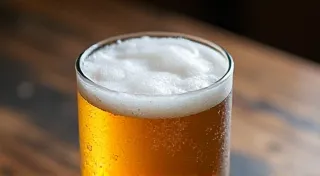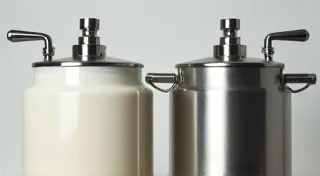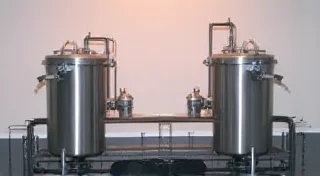The Art of Dry Hopping: A Deep Dive
Dry hopping. It’s a term you’re likely to hear whispered with reverence among homebrewers. It’s the secret weapon for achieving those intensely aromatic and flavorful beers we all crave. But what exactly is dry hopping, and how can you master this technique to take your beer making to the next level?
What is Dry Hopping?
Simply put, dry hopping involves adding hops to beer after the boil and during fermentation or conditioning. Unlike traditional hop additions during the boil, which primarily contribute bitterness, dry hopping focuses on extracting aroma and flavor compounds, also known as essential oils. These oils are delicate and easily lost during the harsh conditions of the boil. Dry hopping preserves them, resulting in a more vibrant and complex beer.
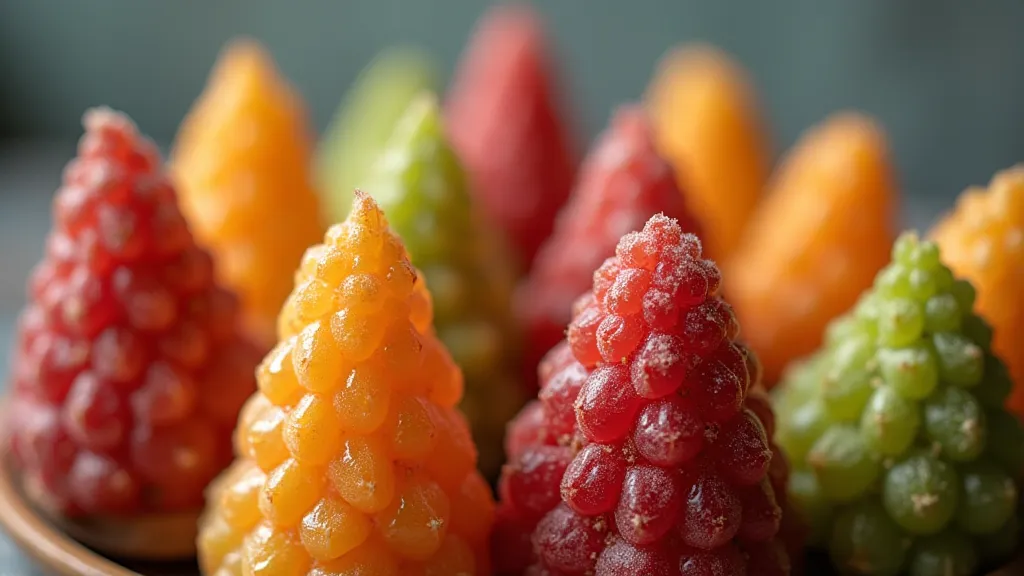
Why Dry Hop?
The reasons to dry hop are compelling:
- Intense Aroma: Dry hopping is the go-to method for achieving those juicy, citrusy, floral, or piney aromas that define many modern craft beers.
- Enhanced Flavor: Along with aroma, dry hopping contributes a noticeable flavor boost, adding complexity and depth.
- Minimal Bitterness: Since hops are added without boiling, dry hopping adds virtually no bitterness, allowing other flavor components to shine.
Getting Started: Essential Equipment and Understanding the Process
Before diving into dry hopping techniques, it’s crucial to have the right equipment. While you can certainly experiment with makeshift solutions, having dedicated brewing tools makes the process cleaner, more efficient, and yields more consistent results. If you’re just beginning your homebrewing journey, reviewing a guide to essential brewing equipment can be incredibly helpful. It covers everything from fermenters and airlocks to hydrometers and bottling equipment. Understanding the basics of fermentation is also key; a stalled fermentation can throw off any dry-hopping schedule, so knowing how to troubleshoot those issues is beneficial too – you can find helpful information on troubleshooting stalled fermentation.
Techniques for Dry Hopping
There's no single "right" way to dry hop. Experimentation is key! Here are a few common techniques:
- Fermentation Dry Hopping (F-Dry Hopping): This involves adding hops during active fermentation. The CO2 released during fermentation can help strip the essential oils from the hops. This technique is known for producing particularly potent aromas, but can also lead to some off-flavors if not managed carefully.
- Conditioning Dry Hopping (C-Dry Hopping): This involves adding hops after fermentation is complete, during the conditioning or aging phase. It generally results in a more subtle aroma compared to F-Dry Hopping, but is considered safer in terms of potential off-flavors.
- Biotransformation (Bio-Dry Hopping): A more advanced technique where the yeast interacts with the hops, creating unique and often fruity flavor compounds. This requires careful consideration of yeast strain and fermentation conditions.
Choosing Your Hop Varieties
The type of hop you choose dramatically impacts the resulting aroma and flavor. Here are a few popular choices:
- Citra: Known for its intense citrus (grapefruit, lime) and tropical fruit aromas.
- Mosaic: A complex hop with notes of blueberry, mango, and pine.
- Simcoe: Offers a blend of citrus, pine, and tropical fruit.
- Nelson Sauvin: Known for its distinctive gooseberry and passion fruit aromas.
- Amarillo: A classic choice for its orange and grapefruit notes.
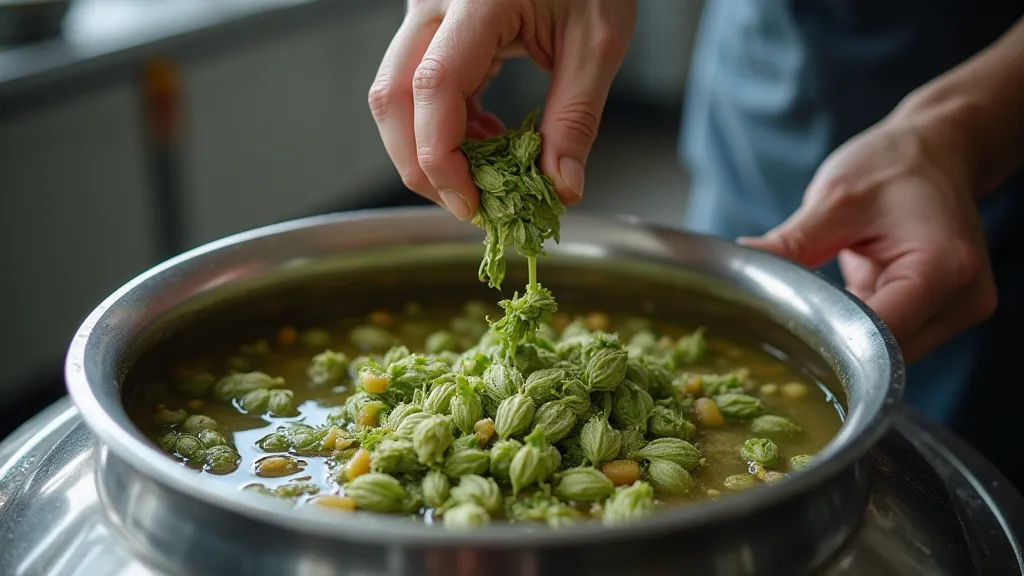
The Science Behind the Aroma: Protecting Against Oxidation and Hop Creep
Dry hopping introduces unique challenges beyond just selecting the right hops. The process inherently increases exposure to oxygen, which can negatively impact the final product. Oxidation leads to stale flavors and a loss of vibrancy. Proper sanitation is, therefore, absolutely critical. Beyond this, another phenomenon to be aware of is “hop creep.” This occurs when hop oils adhere to the sides of your fermenter or bottling equipment, leading to uneven flavor distribution in your finished beer. To mitigate this, consider using hop bags or hop screens to contain the hops during the dry-hopping process. Ensuring your airlock is functioning correctly is also important, and you can find helpful resources on the importance of air locks in home brewing to guarantee that your fermentation and dry-hopping processes remain optimal.
Timing is Everything
How long you dry hop also influences the result.
- Short Dry Hopping (1-3 days): Produces a more delicate, vibrant aroma.
- Medium Dry Hopping (4-7 days): Offers a balanced aroma and flavor.
- Extended Dry Hopping (7+ days): Creates an extremely intense aroma, but can increase the risk of oxidation.
Exploring Beer Styles: A Look at Saison and Dry Hopping
Dry hopping isn't exclusive to one beer style. It's frequently used in IPAs and Pale Ales, but its versatility extends far beyond. One style that particularly benefits from thoughtful dry hopping is Saison. This Belgian-style ale is known for its complex flavors and aromas, and dry hopping can contribute significantly to its character, adding another layer of depth and intrigue. If you're interested in exploring this unique style, consider learning more about brewing Saison.
Best Practices & Potential Issues
- Oxygen Exposure: Dry hopping introduces oxygen to your beer, which can lead to oxidation and stale flavors. Minimize oxygen exposure by gently handling the beer and using proper sanitation.
- Hop Creep: Hop oils can sometimes “creep” out of the hops and stick to the sides of the fermenter or bottling equipment, leading to uneven flavor distribution. Consider using hop bags or hop screens to contain the hops.
- Sanitation: As with any brewing step, sanitation is paramount. Thoroughly clean and sanitize all equipment that comes into contact with the beer during dry hopping.
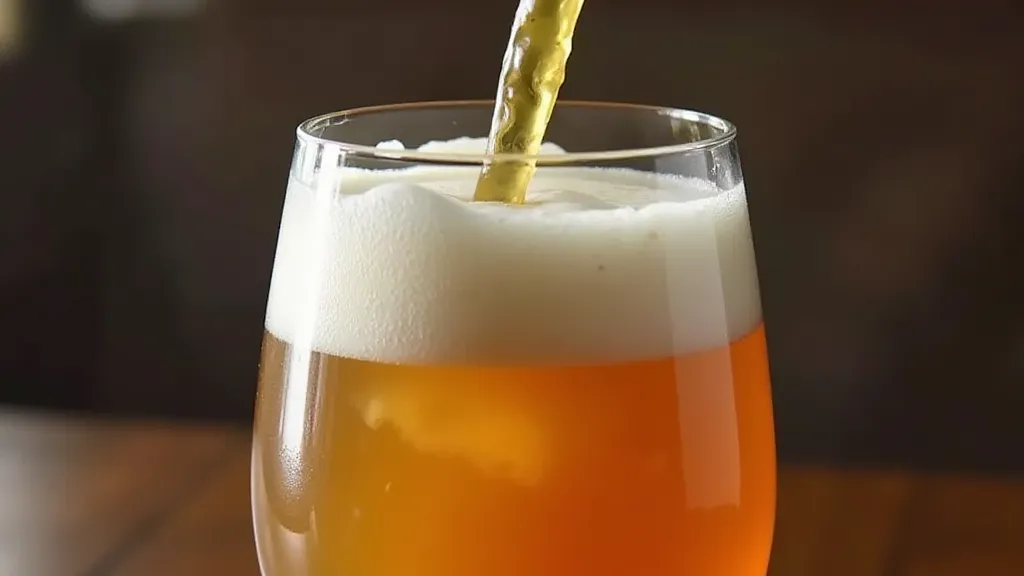
Beyond the Basics: Refining Your Dry-Hopping Technique
Mastering dry hopping involves not just understanding the core principles but also experimenting with different approaches. Try varying the hop-to-beer ratio, adjusting the dry-hopping duration, or even combining different dry-hopping techniques (e.g., a short F-dry hop followed by a longer C-dry hop). Careful observation and meticulous record-keeping are your best allies in this process. Note the hop varieties, amounts, timing, and any subtle nuances in aroma and flavor. Over time, you’re sure to cultivate a sixth sense for what works best for your palate and your brewing style.
Conclusion
Dry hopping is a powerful tool in the homebrewer's arsenal. By understanding the principles of this technique and experimenting with different hops and timings, you can unlock a world of complex and captivating aromas and flavors in your beer. So, embrace the art of dry hopping, and elevate your brewing game!
